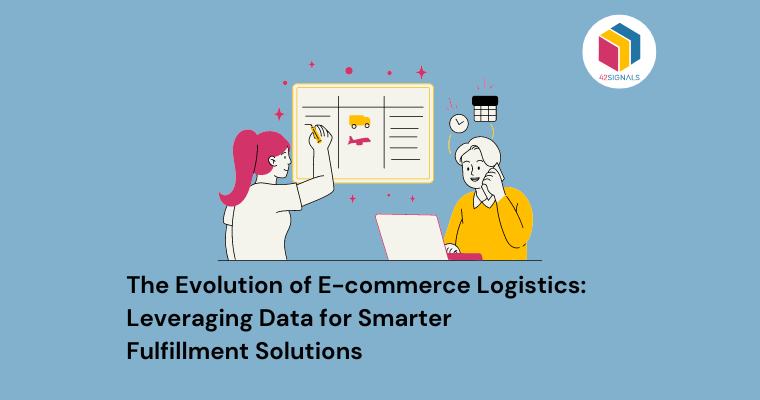What is MAP Violation Monitoring
Minimum Advertised Price (MAP) monitoring refers to the process of monitoring and enforcing the MAP policy set by manufacturers or brands. The purpose of MAP violation monitoring is to prevent retailers from advertising products below the minimum advertised price and to maintain brand value and profitability.
It involves tracking the advertised prices of a product across different retail channels to ensure that they comply with the MAP policy. Monitoring helps identify any violations of the policy and take necessary actions to enforce it.
How is MAP Monitoring Carried Out?
MAP monitoring can be carried out manually or through the use of automated tools. These tools can scan multiple retail channels and alert the manufacturer when a product is being advertised below the MAP.
Minimum Advertised Price (MAP) monitoring is crucial for manufacturers to maintain a consistent pricing strategy and protect their brand image and product value. It helps to prevent price erosion, ensures fair competition among retailers, and protects the profit margins of the manufacturer.
How Does Price Violation Monitoring Work?
MAP monitoring involves several steps to ensure that products are being advertised at or above the minimum price set by the manufacturer or brand. First, the manufacturer sets a minimum price for their products and communicates this to their authorized resellers.
Next, they employ various monitoring methods such as automated tools, software, and manual searches to track the advertised prices of their products across various e-commerce websites and marketplaces. When a violation is detected, the manufacturer may issue a warning to the violator or take more severe action such as revoking reseller agreements or pursuing legal action.
Regular reporting and data analysis are important to identify patterns and trends in pricing violations and take appropriate action. By closely monitoring their MAP, manufacturers and brands can protect their brand value and maintain a fair and competitive marketplace for their products.
What Must Brands Consider for MAP Monitoring?
Here are a few things brands must keep in mind while MAP monitoring:
- Consider hiring a web scraping service that specializes in MAP monitoring. These services can provide detailed reports on pricing violations and can help you take appropriate action against offenders.
- Conduct regular audits of your resellers’ pricing practices to ensure that they are complying with your MAP policies.
- Communicate regularly with your resellers about your MAP policies and remind them of the consequences of violating them.
- If you do identify a violation, take swift action to address it. This can include issuing warnings, revoking reseller agreements, or pursuing legal action if necessary.
Automating MAP Monitoring
Automating Minimum Advertised Price (MAP) monitoring can save you a lot of time and effort compared to manual monitoring. Here are some steps you can take to automate MAP monitoring:
- Consider investing in a software or platform that can automatically track prices and alert you to any violations. There are many such solutions available, so be sure to choose one that meets your specific needs.
- Set up automated alerts that notify you whenever a reseller advertises your products below the minimum price you set. This can help you stay on top of pricing violations in real time.
- Use data analytics tools to analyze pricing trends and identify any deviations from your MAP. This can help you identify potential pricing violations early on.
- Schedule regular reporting so that you can get a comprehensive overview of your MAP compliance across all of your resellers. This can help you identify any patterns or trends in pricing violations and take appropriate action.
By automating your monitoring, you can monitor your MAP in real time, save time, and reduce the risk of human error. This can help you ensure that your products are being advertised at or above the minimum price you set, protecting your brand value and maintaining a level playing field for all resellers.
Conclusion
Retail analytics tools such as 42Signals can be very helpful for MAP monitoring.
They offer real-time price tracking features that allow you to monitor your product prices across different online marketplaces and e-commerce platforms, which can help you identify any pricing violations and take appropriate action swiftly. Additionally, they provide you with insights into your competitors’ pricing strategies and trends, which when analyzed, you can identify any potential violations of your MAP policies and adjust your own pricing accordingly.
Retail analytics tools can also generate reports and provide data visualization features that allow you to easily visualize pricing trends and identify any deviations from your MAP policies and can also help identify any patterns or trends in pricing violations and take proactive measures to address them.
Frequently Asked Questions
What is a MAP violation?
A MAP (Minimum Advertised Price) violation occurs when a retailer advertises a product for sale below the manufacturer’s specified minimum price. It undermines the integrity of the brand’s pricing strategy and can lead to negative consequences such as channel conflict, loss of brand value, and eroding profit margins. Manufacturers often implement MAP policies to maintain fair competition among retailers and protect their brand image.
What is MAP policy?
A MAP (Minimum Advertised Price) policy is a set of guidelines established by manufacturers to maintain pricing consistency and protect brand value. It specifies the minimum price at which retailers are allowed to advertise their products.





